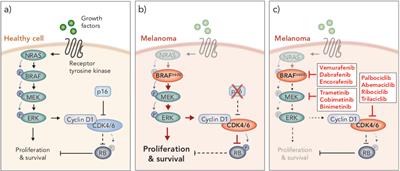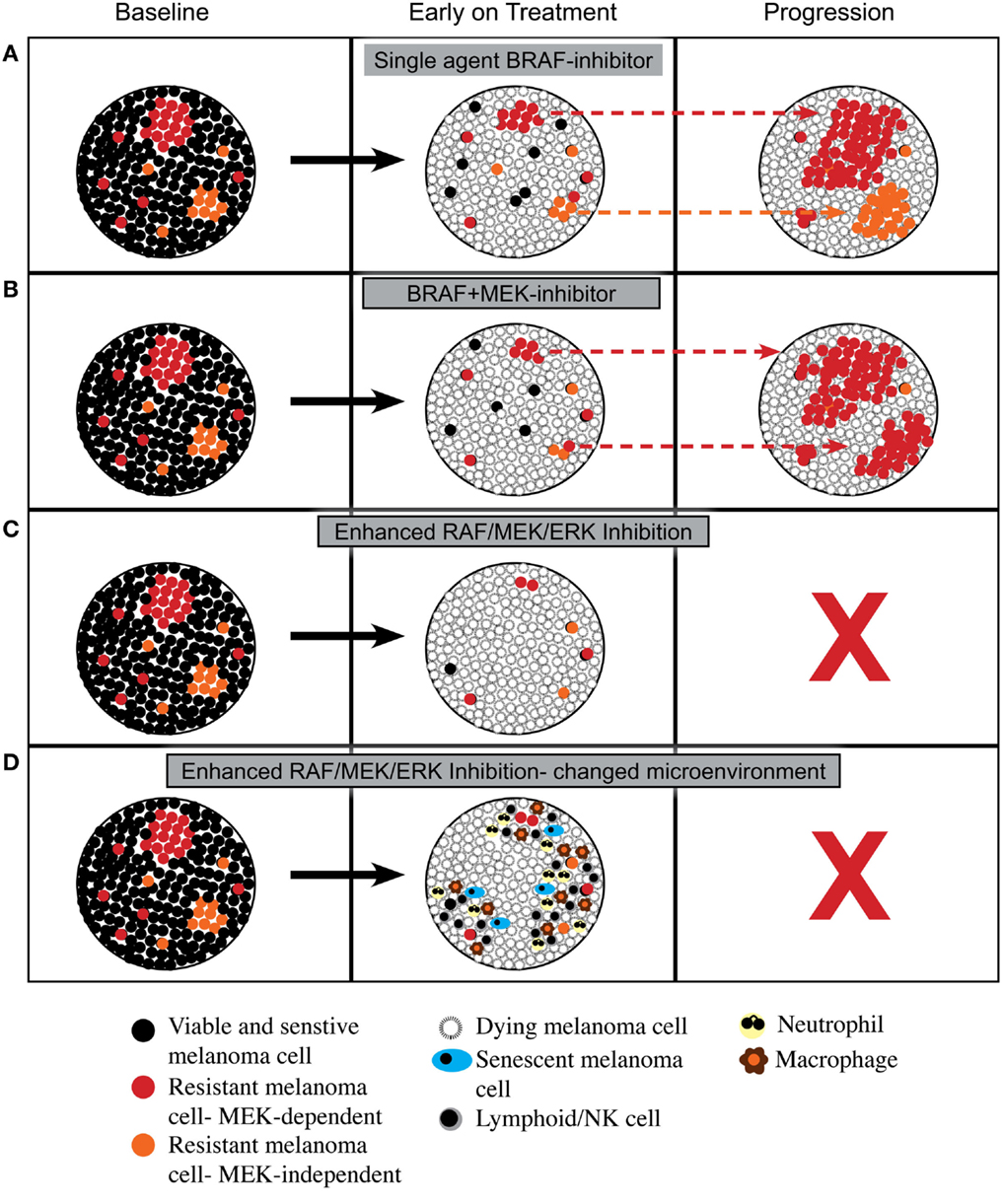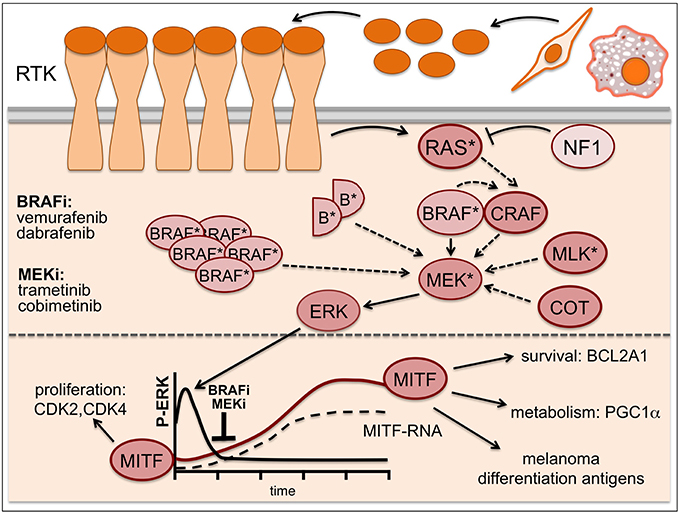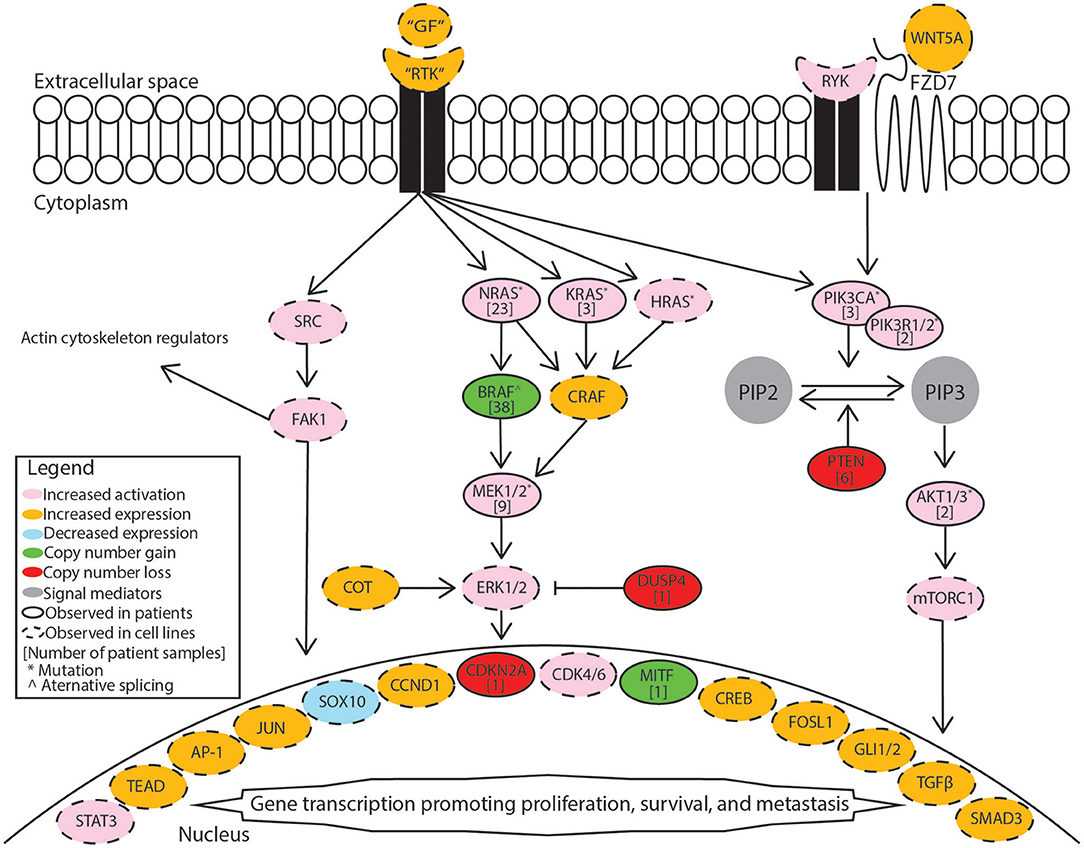In the field of cancer treatment, advancements are constantly being made to find more effective and targeted therapies. Melanoma, a type of skin cancer, has seen a rising incidence globally, posing significant challenges in its treatment. However, there is hope on the horizon with the introduction of MEK inhibitors.
In this article, we will explore the role and success of MEK inhibitors in melanoma treatment, delve into the science behind them, discuss potential side effects and considerations, and understand the future prospects of these inhibitors. Additionally, we will touch upon the implications for investors in this sector.
So let’s dive in and learn more about this exciting development in cancer treatment.
Understanding Melanoma and Its Challenges
Melanoma, a deadly form of skin cancer originating from pigment-producing cells called melanocytes, presents significant challenges in diagnosis and treatment. Its incidence has been rising globally due to factors like increased UV radiation exposure, genetic predisposition, and changing lifestyles.
Treating advanced melanoma is difficult as it often doesn’t respond well to conventional therapies like chemotherapy or radiation. Metastatic melanoma has traditionally had poor prognosis rates. However, advancements in targeted therapies and immunotherapies offer hope for improved outcomes.
Early detection through regular skin examinations and public education on sun protection are vital in reducing the risk of melanoma. Understanding these challenges is crucial for developing effective prevention, diagnosis, and treatment strategies.
Introduction to MEK Inhibitors
MEK inhibitors are targeted therapies designed to specifically target the MEK protein, a key component of the dysregulated MAPK signaling pathway in melanoma. By blocking the activity of the MEK protein, these drugs disrupt the signaling pathways that drive tumor growth and proliferation. This ultimately leads to cancer cell death or regression.
While MEK inhibitors show promise in melanoma treatment, ongoing research is focused on optimizing their use and overcoming potential resistance mechanisms for improved patient outcomes.
The Success Story: MEK Inhibitors in Melanoma Treatment
MEK inhibitors offer a groundbreaking approach to treating melanoma, a deadly form of skin cancer. Through case studies, we witness their remarkable impact on patients’ lives. Patient X, diagnosed with advanced melanoma that had spread to multiple organs, achieved complete remission after MEK inhibitor therapy.
Patient Y experienced improved quality of life, with reduced pain and increased energy levels. These success stories highlight the effectiveness and potential benefits of using MEK inhibitors in melanoma treatment, providing hope and evidence for improved patient outcomes.
Ongoing research continues to uncover new insights into the mechanisms behind these inhibitors’ efficacy, offering optimism for the future of melanoma treatment.
Exploring the Science Behind MEK Inhibitors
MEK inhibitors are targeted therapy drugs that hold promise in treating melanoma and other cancers. They specifically target the MEK protein, which plays a role in the MAPK signaling pathway regulating cell growth. In melanoma cells, mutations in this pathway lead to abnormal signaling and uncontrolled cell division.
By blocking the activity of the MEK protein, these inhibitors disrupt this abnormal signaling cascade and restore normal cellular processes.
MEK inhibitors work by halting tumor growth and promoting regression. They block the signals that promote tumor proliferation, leading to significant tumor shrinkage. Clinical studies have shown improved progression-free survival rates and increased overall survival rates in melanoma patients treated with these inhibitors.
Furthermore, MEK inhibitors show potential for treating other cancers driven by abnormal activation of the MAPK pathway. Ongoing research aims to explore their applications in lung cancer, colorectal cancer, and other malignancies.
Understanding the science behind MEK inhibitors highlights their effectiveness as targeted therapies for melanoma and potentially other cancers. By disrupting abnormal signaling pathways, they offer hope for improved patient outcomes and personalized treatment options in the fight against cancer.
Potential Side Effects and Considerations
MEK inhibitor therapy, like any medication, can have side effects. Common side effects include skin rash, fatigue, gastrointestinal disturbances (nausea or diarrhea), edema (swelling), and changes in blood pressure levels.
Close monitoring and communication with healthcare providers are important during treatment to identify and manage any potential complications. Discussing these side effects before starting therapy helps patients understand what to expect and allows for timely intervention if needed.
Through regular monitoring and open communication, patients can work towards optimal treatment outcomes.
Advancements in MEK Inhibitor Research
Ongoing research aims to understand resistance mechanisms to MEK inhibitors, with the goal of developing strategies and combination therapies to overcome this challenge. Future directions include refining existing drugs or developing new compounds with improved efficacy and safety profiles.
Combination therapies targeting multiple pathways simultaneously are also being explored for enhanced treatment outcomes. These advancements have the potential to revolutionize cancer therapy by offering more effective and personalized treatments.
| Heading | Content |
|---|---|
| Understanding resistance mechanisms | Developing strategies and combination therapies |
| Refining drugs or developing new compounds | Improved efficacy and safety profiles |
| Exploring combination therapies | Targeting multiple pathways simultaneously |
| Overall goal of advancements | Revolutionizing cancer therapy with more effective treatments |
Note: The table above provides a markdown representation of the content for better readability.
Implications for Investors
The market for MEK inhibitors in melanoma treatment is rapidly growing, offering significant implications for investors. With proven effectiveness and increasing demand for targeted therapies, pharmaceutical companies are actively developing and commercializing MEK inhibitor drugs, creating a competitive yet promising market landscape.
Investors have exciting growth opportunities in this sector due to the rising incidence of melanoma and the success of MEK inhibitors. Investing in pharmaceutical companies involved in MEK inhibitor research and development can potentially yield substantial returns as these drugs gain approval and adoption.
Factors influencing the success and profitability of MEK inhibitor drugs include regulatory approvals, clinical trial results, intellectual property protection, market competition, pricing considerations, and reimbursement policies. Evaluating these factors is crucial for informed investment decisions.
Overall, the implications for investors in the MEK inhibitor market are vast. By recognizing the growing demand and effectiveness of these treatments while considering key factors that influence their success, investors can identify valuable investment opportunities within this sector.
Conclusion: Hope on the Horizon
[lyte id=’8wtsnbDw4DQ’]





